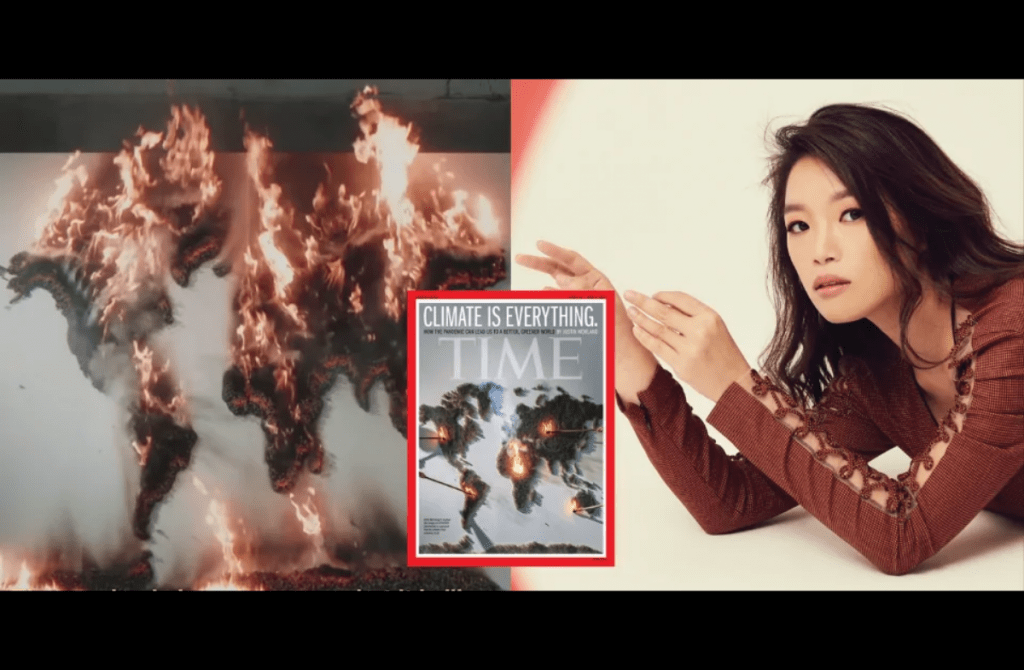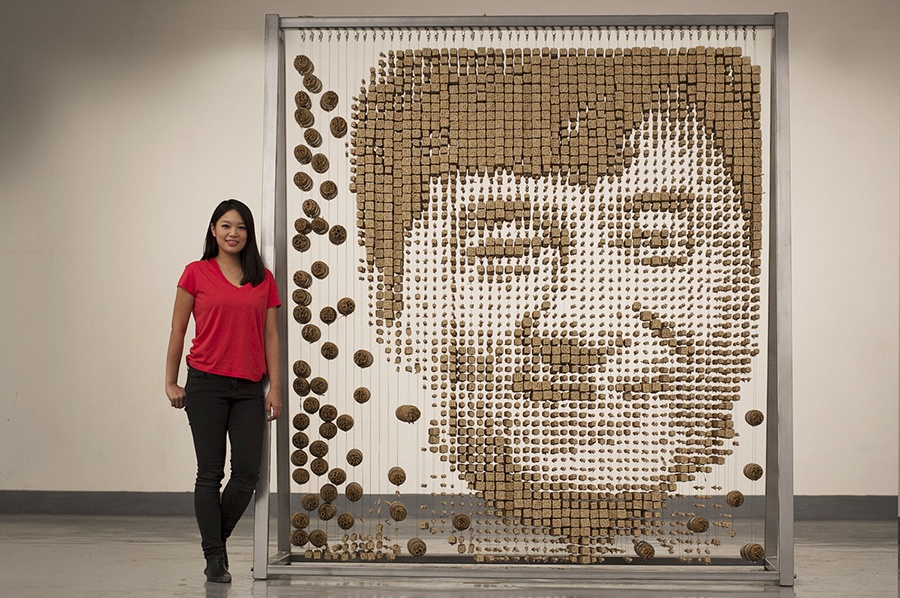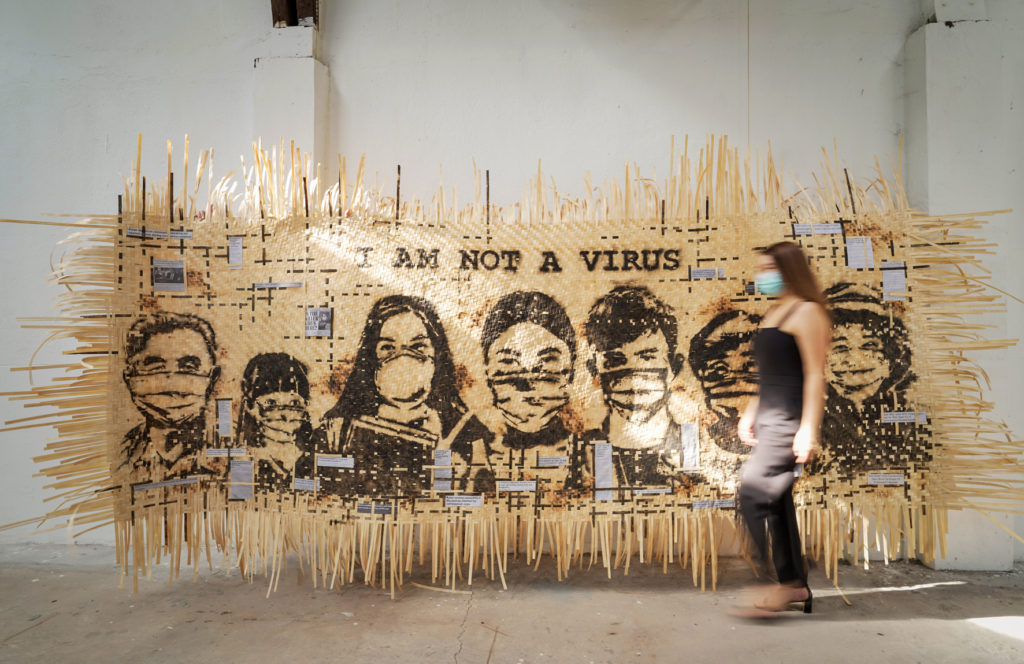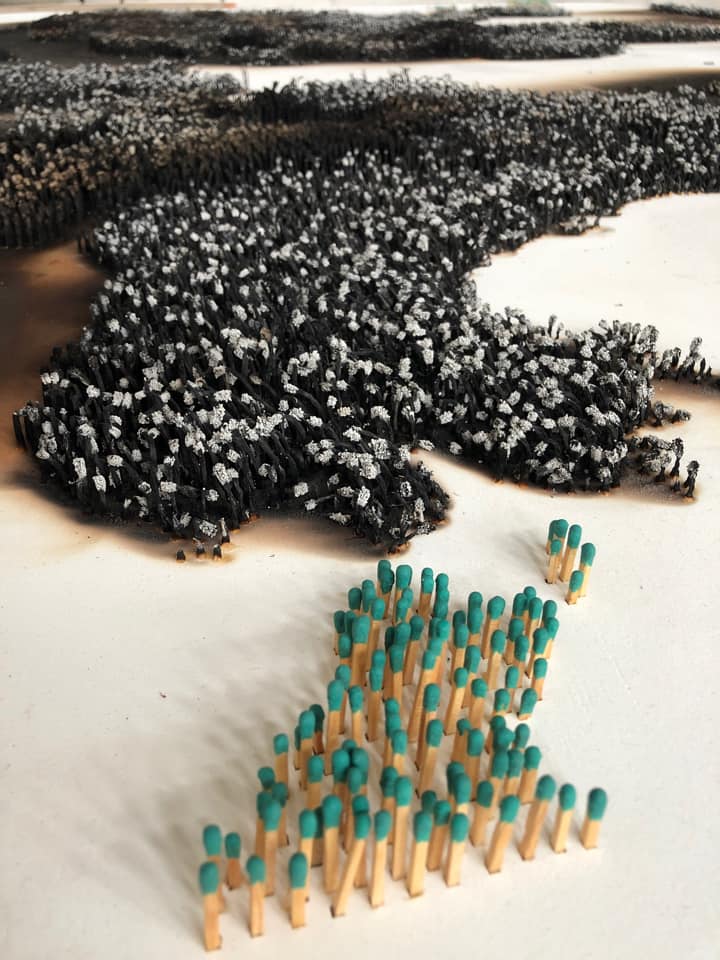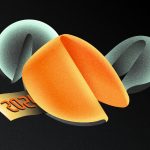TIME Magazine is famous for many things – from its up-to-date and insightful coverage of recent events, to its vivid pictorials and accessible style of writing. But equally as important to TIME’s identity – if not most important – are its covers.
Over the years, TIME magazine has become almost synonymous with its covers that have highlighted the most significant events or individuals in the current moment.
Whether it was the tearing down of the Berlin Wall, or the election of America’s first-ever non-White president, or the numerous “Person of The Year” covers, each one has come to symbolize a topic that’s truly iconic and relevant, and most have accomplished the task in memorable, eye-catching fashion.
For its upcoming April 26, 2021 edition, TIME thought to highlight the ever-growing and increasingly-palpable threat of climate change. And for its cover, it sought out talented Malaysian artist Red Hong Yi in the hopes that she’d deliver something truly memorable.

As it turns out, she has.
Art that sticks with you.
Known for creating performance-art pieces that linger in the mind long after you’ve seen them, Red Hong Yi – or simply known as Red – attempted to achieve the same effect for the TIME cover by illustrating the ways in which the ongoing global climate crisis affects not just select individuals, but the global population all at once.
“The motivation behind it came from the urgency of having to tackle climate change together,” she said in TIME’s behind-the-scenes article featuring her work. “The idea came from wanting to highlight a world map, where everyone’s involved, and if one place is affected, the whole place is affected.”
If you somehow still haven’t heard about her, Red’s performance and installation pieces have been highlighted extensively by many a media publication, and it’s no surprise considering the tone, gravity, and relevance that her art has to the current zeitgeist, as well as the methods which she uses to achieve such amazing results.
In the past, Red has created art using unconventional methods such as creating portraits out of coffee stains and melted candles, or using teabags to illustrate a man brewing pulled tea – which is a common sight in Asian culture, but also highly representative of the working class.
One particular art piece that garnered her plenty of fame was a portrait of legendary Chinese basketball player Yao Ming that she painted via dribbling a basketball on the canvas. This portrait eventually went viral and allowed Red to pursue her passion full-time.
Most recently, Red worked on a moving collection of art pieces called “I Am Not A Virus”, which addressed the growing anti-Asian sentiment that has spread as a result of undue rhetoric – particularly the one blaming Asians for causing the COVID-19 pandemic.
First TIME, and first of many?
This time, the artist hailing from Kota Kinabalu, Sabah, made doubly sure that this particular piece for TIME magazine would not only match her previous efforts but perhaps even surpass them.
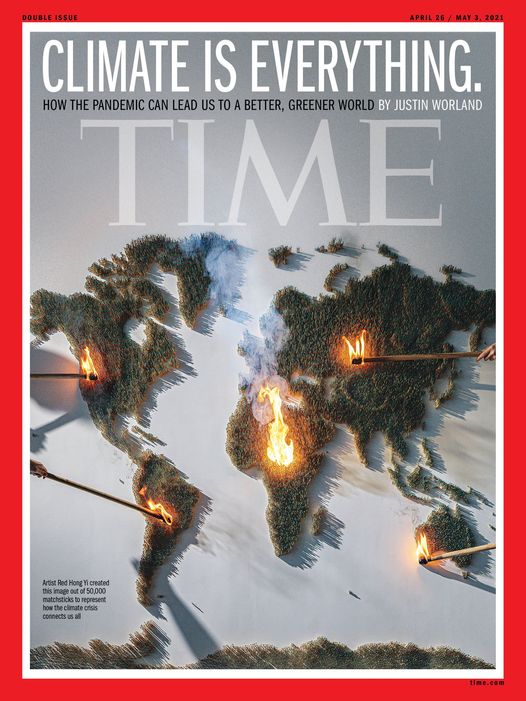
Over the course of two weeks, Red and her team painstakingly created a representation of the world using nothing other than green-tipped matchsticks and a plain board. After trimming the board to a precise dimension of 7.5-by-10 feet, she then used a computer to digitally measure and set the positions for each of the 50,000 matchsticks.
Next, she laser-cut individual holes into the board and set out to insert the green-tipped matchsticks (which represented trees) into the holes, one by one with varying heights to give off the appearance of varied topography, until a map of the world manifested.

She and her team then sprayed a layer of fire retardant on both sides of the board and prepared the cameras for an inferno of a spectacle, and then finally set the whole thing ablaze.
“I think it was just the race against time and it was fun building that together, but of course we knew it would be burned down,” Red said when explaining her line of thought. “The whole idea behind that was it takes a long time to build something up, but it can be destroyed really quickly, too.”
To say the very least, the result was stunning, and no less terrifying when you think about the significance and pertinence of the piece to what’s happening in the world at this very moment.
As you can see in the video, the topography of green “trees” quickly transforms into a terrifying inferno with plenty of toxic fumes, and then into a mass of horrifying remnants, all black and burnt, and absolutely horrible as a comparison to what the world could eventually become, should we fail to halt the effects of climate change.
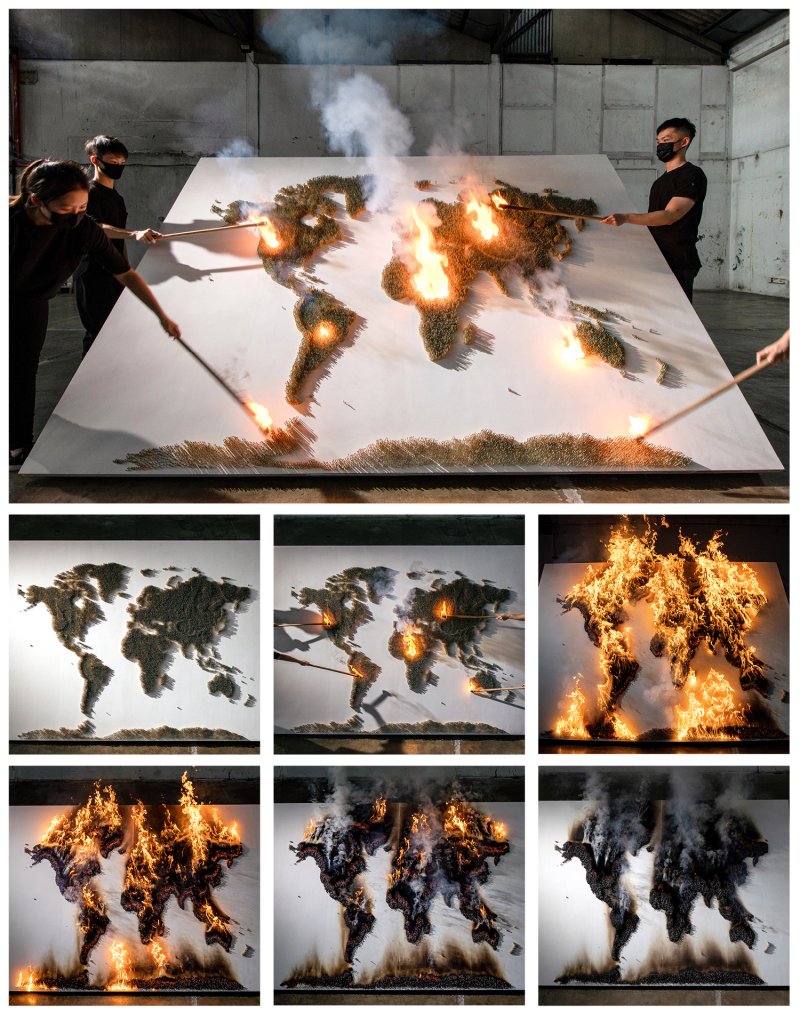
Sure, the results may exaggerate the possibility of the future, but if anything, Red’s art has again given the readers of TIME something to ponder on. Hopefully, their thoughts and musings also translate into actions for the betterment of the planet.
On a personal level, this performance piece signifies another step forward for Red. Despite this being her very first TIME magazine cover, it appears as though she’s made quite the impression.
In the explainer article, writer D.W. Pine noted that “In nearly 100 years of TIME covers, never has a work of art been so drastically transformed in the process.”
Hopefully for Red, this one will only be the first of many more to come.
Source: Mashable SEA
MARKETING Magazine is not responsible for the content of external sites.


